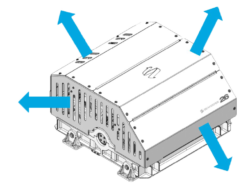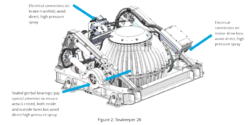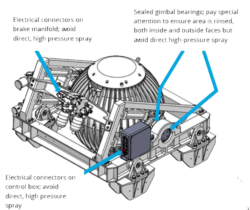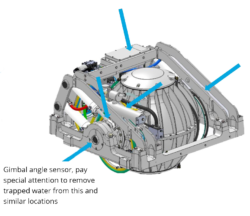Seakeeper Maintenance Tip | Freshwater Rinse Procedure
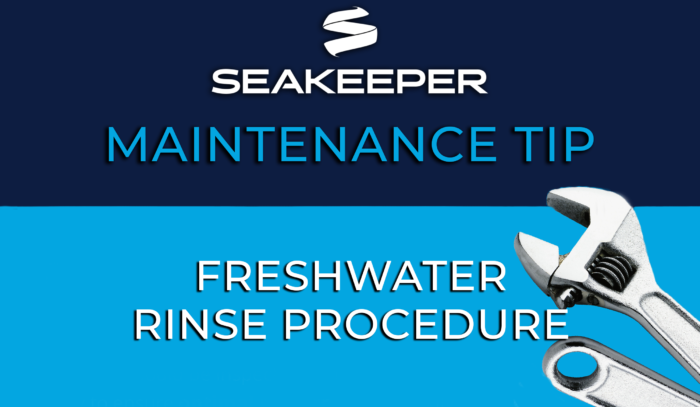
Seakeeper Maintenance Tip
As many are aware, since its inception the Seakeeper Gyro Stabilizer has changed the dynamic of cruising and fishing for years to come. This remarkable piece of technology eliminates 95% of boat roll and has many other benefits to go along with it. (Learn more about the cost-effectiveness of a Seakeeper)
The Seakeeper is designed for use in a marine environment and designed to withstand occasional spray or splash from water, salt or fresh. However, prolonged exposure to seawater, primarily saltwater, can cause corrosion, premature wear and damage to stabilizer components. Therefore, it is important to remove any salt deposits as soon as possible and ensure the Seakeeper is kept dry and well-ventilated.
However, in the event that the Seakeeper is installed in a wet space on the vessel where it can be exposed directly or indirectly to saltwater wash, saltwater spray or have the potential for salt-laden condensation, this Seakeeper Freshwater rinse procedure will remove the salt deposits, thus preventing any surface corrosion. Follow the steps below for the removal of saltwater, salt spray and dry salt deposits on all Seakeeper models to prevent premature degradation of materials and components.
Seakeeper Freshwater Rinse Procedure | Seakeeper Maintenance Tip
1. As applicable, remove all cover panels to gain access to Seakeeper components.
2. Using a mist or other gentle nozzle attached to a freshwater source, spray off outer components of Seakeeper. Pay special attention to the hydraulic manifold, cylinders, cylinder rod ends, inner and outer sides of gimbal bearings, angle sensor bracket and drive box. Be careful not to spray directly into electrical connectors.
3. Optional: Use marine safe soap or salt removal additive and a soft-bristled brush to work the solution into corners, components and fittings before performing a final rinse.
Note: If unable to remove trapped water from tight spaces, especially around gimbal bearings, gimbal axis, and angle sensor bracket, the use of compressed air to blow out remaining water may be required.
4. Following the rinse, utilizing an absorbent, lint-free cloth, dry any exposed electrical or electronic boxes, wiring and painted or exposed metal surfaces. If installation space does not have ample ventilation, leave access to space open until Seakeeper has sufficiently air-dried.
Notes/Precautions
1. Ensure both AC and DC (as applicable) power supply to Seakeeper has been secured prior to rinsing.
2. Forceful streams with full nozzle pressure are to be avoided.

